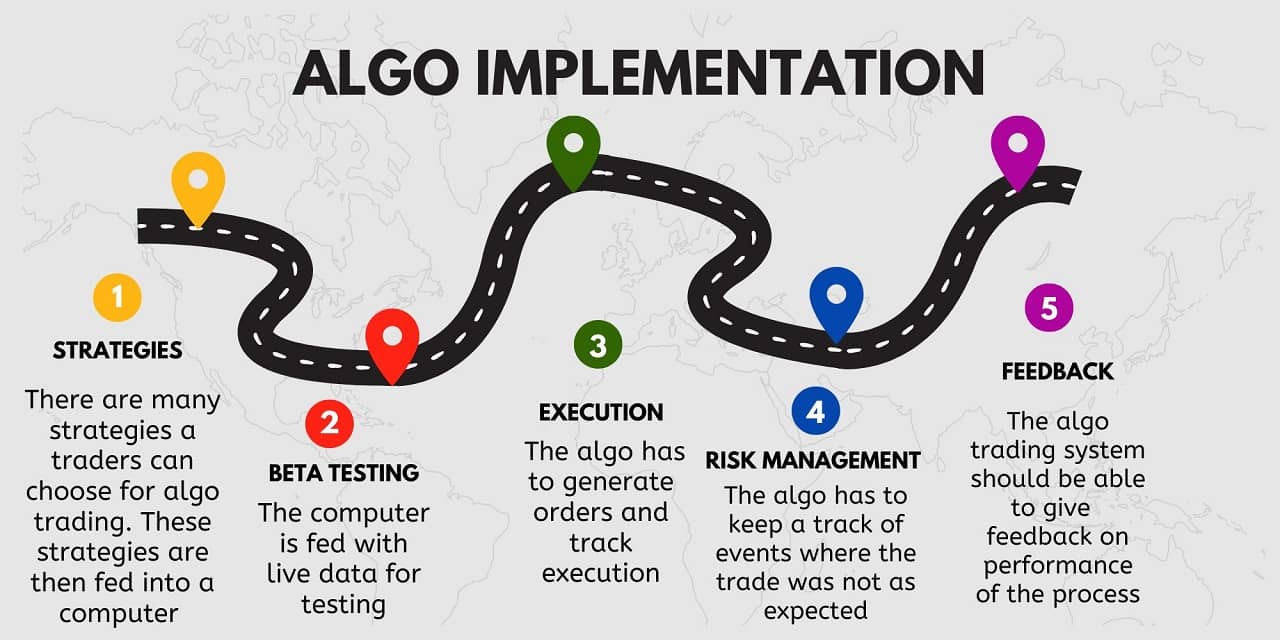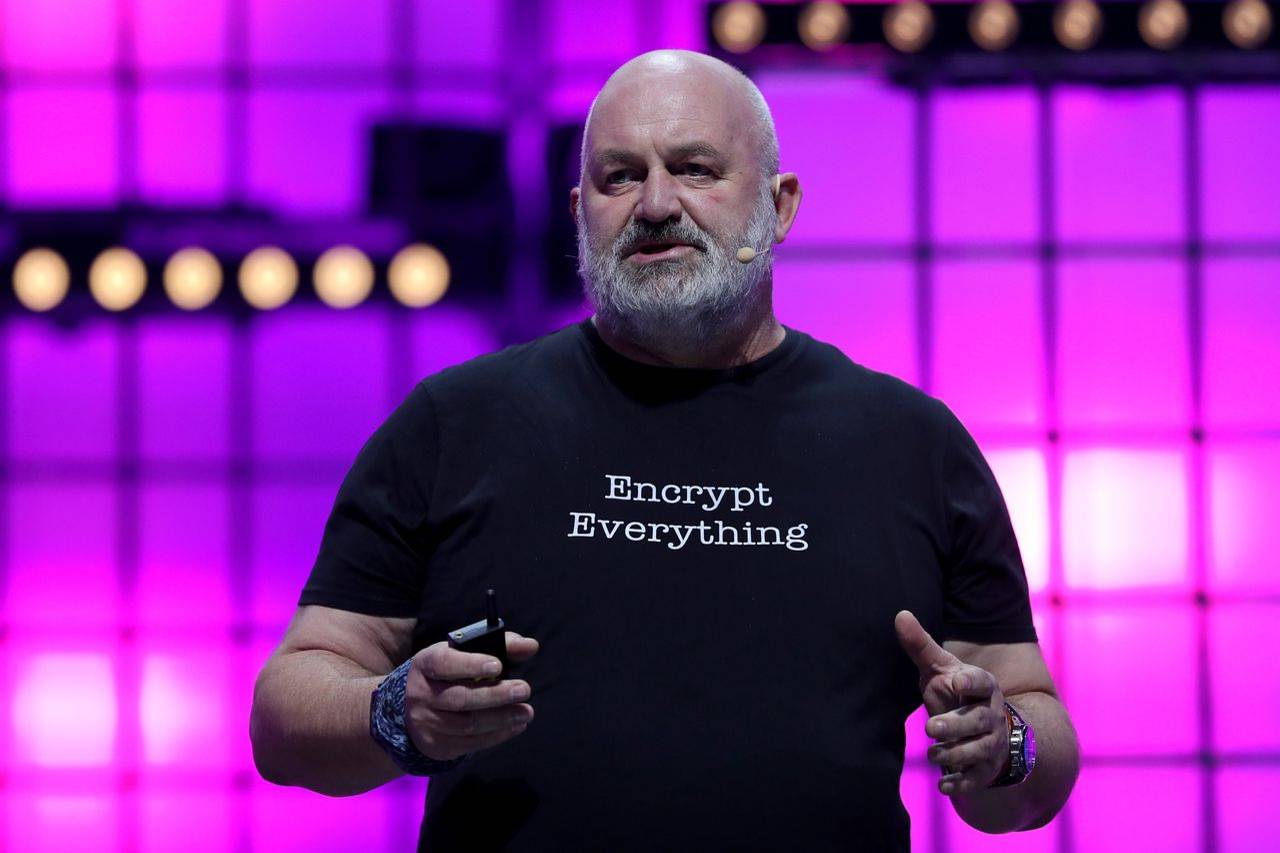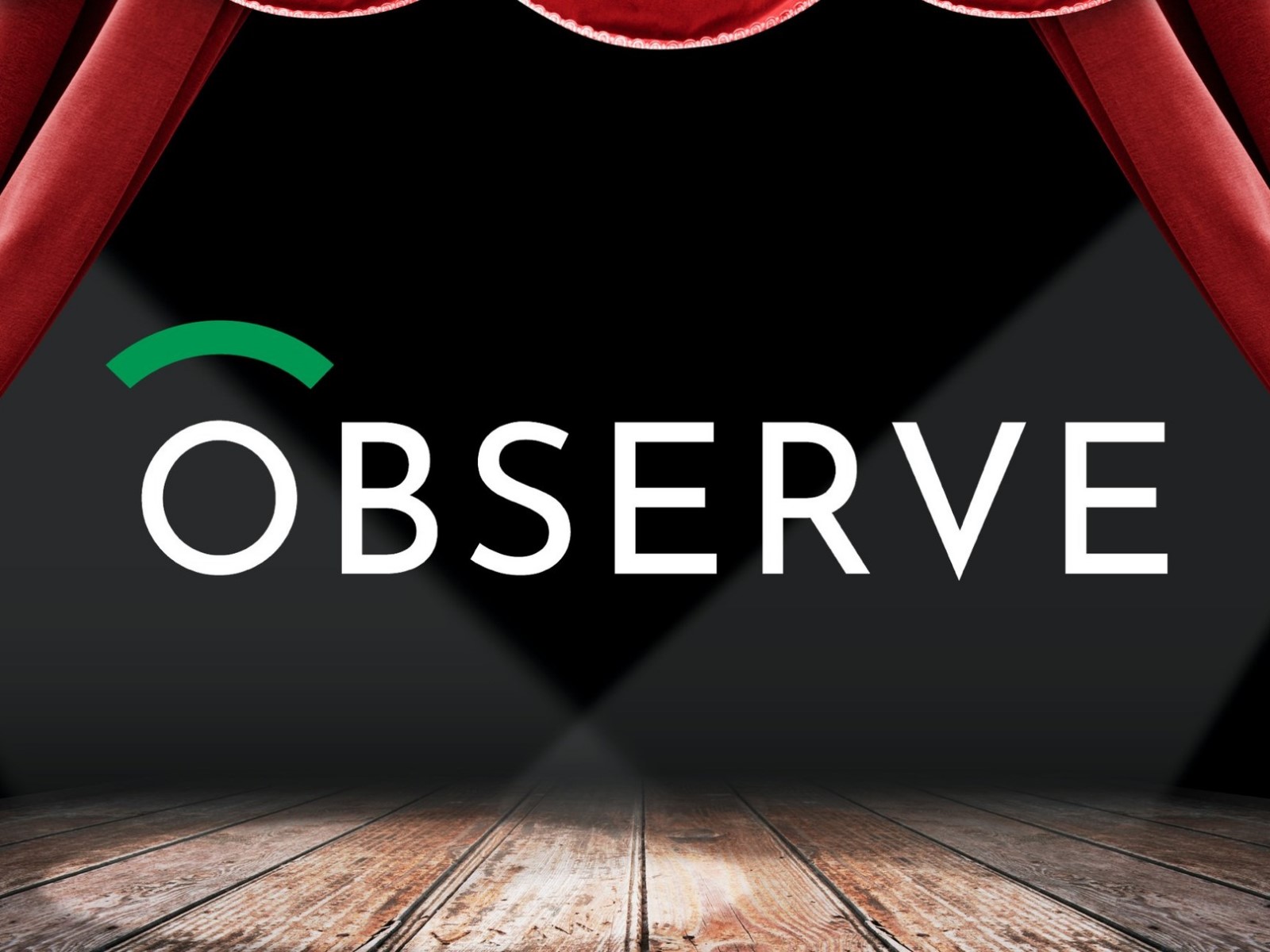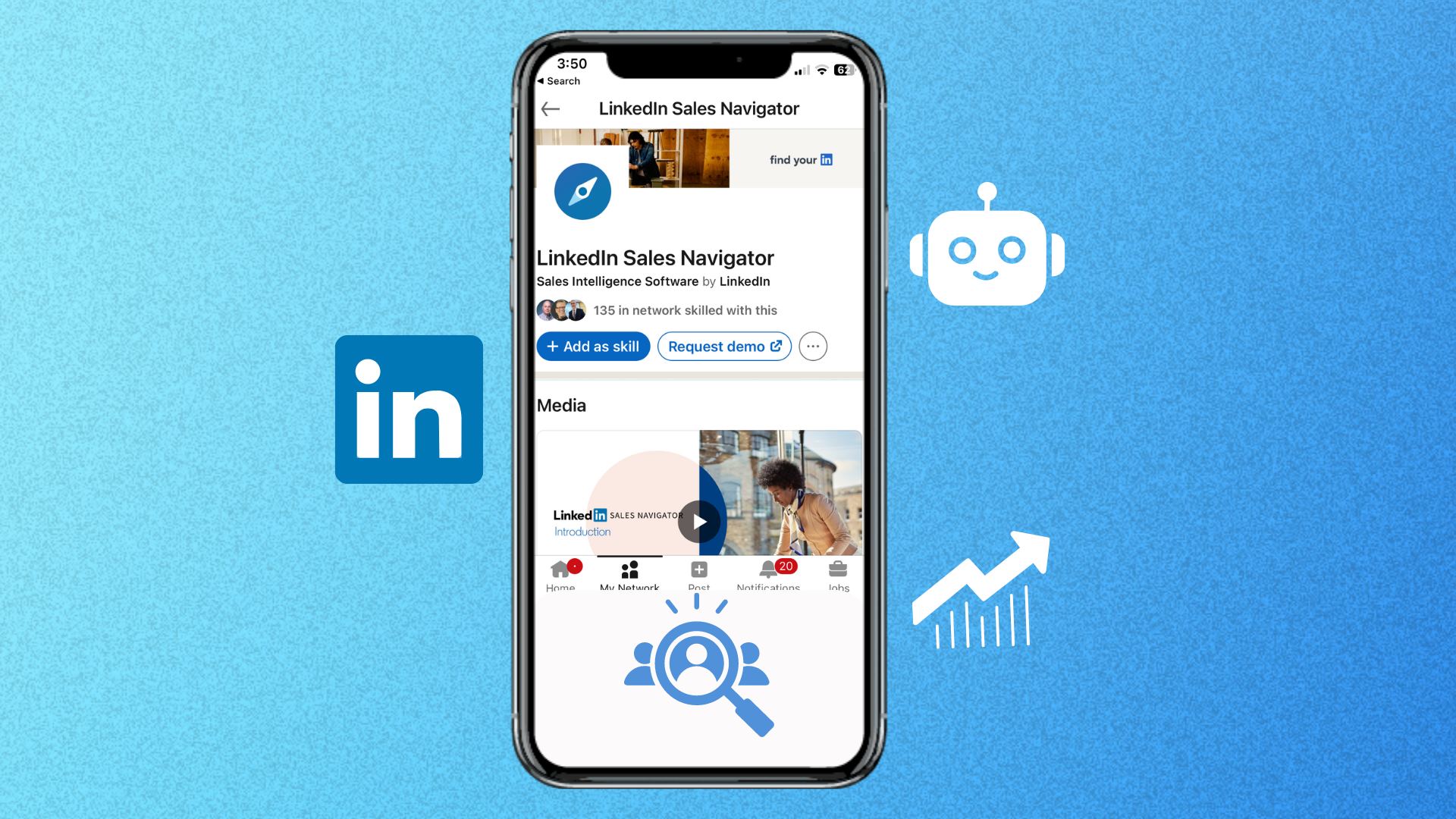As the world of technology continues to evolve, so too does the role of artificial intelligence (AI) in business operations. One area in which AI is gaining increasing attention is marketing. Specifically, generative AI, which uses algorithms to automatically produce content, is being touted as a potential game-changer. However, there has been some debate among CEOs about whether generative AI will reduce the need for marketing headcount. In this article, we will explore the perspectives of both CEOs and CMOs, and discuss why generative AI should not be seen as a reason to cut marketing team size.
Key Takeaway
The majority of CMOs believe that generative AI will make marketing teams more productive, and have no plans to reduce team size as a result. CEOs should partner with their CMOs to conduct trials of generative AI tools and use the findings to shape their organizational design and marketing strategies.
The Perspective of CEOs
Many CEOs are intrigued by the potential of generative AI to automate tasks traditionally performed by marketing teams, leading them to believe that marketing headcount can be reduced. In fact, a recent survey revealed that 49% of CEOs believe that AI should automate or replace most, if not all, of their own jobs. They see generative AI as a way to achieve greater efficiency and cost savings through leaner teams.
The Perspective of CMOs
On the other hand, the majority of CMOs have a different outlook. According to a survey conducted by Norwest Venture Partners, 81% of marketers have no plans to reduce team size due to generative AI. In fact, 22% of these CMOs plan to add headcount, as they believe that generative AI will make marketing teams even more productive.
Why are CMOs optimistic about generative AI? The answer lies in the fact that the technology is still in its early stages, and its full potential has yet to be realized. There are still many unknowns, such as how generative AI will impact important factors like employee morale and retention, copyright, bias amplification, and data privacy. Therefore, CMOs are taking a measured and cautious approach, viewing generative AI as a tool to enhance their teams’ capabilities rather than replace them.
Optimizing the Use of Generative AI
To make the most of generative AI, CEOs and CMOs should work together to conduct trials and gather insights. Here are four concrete steps to help optimize the investment in generative AI:
- Ask your CMO to provide periodic briefings on generative AI use cases: Start by assessing how generative AI is already being used by the marketing team. By tracking its adoption and identifying trends, CEOs can determine which tasks can be allocated to generative AI to free up staff for more strategic work.
- Establish a system for tracking generative AI use cases: Develop a shared “database” where marketing leaders can contribute their insights on generative AI tools. This system can help share lessons learned and facilitate ongoing learning and improvement.
- Maintain regular updates and discussions: Given the rapid evolution of generative AI technology, it is important to have regular check-ins to evaluate its effectiveness and identify areas for improvement.
- Apply lessons learned to shape organizational design and marketing strategies: Use the insights gathered from trials and discussions to inform decisions about team structure and marketing approaches. This will ensure that generative AI is integrated into the broader marketing strategy effectively.
In conclusion, generative AI should not be seen as a replacement for marketing teams, but rather as a tool to enhance their productivity and effectiveness. CEOs and CMOs should collaborate to explore the potential of generative AI through trials and evaluation, enabling them to make informed decisions about their marketing teams and strategies. By embracing generative AI as a complement to human expertise, companies can unlock new levels of efficiency and innovation in their marketing efforts.

























